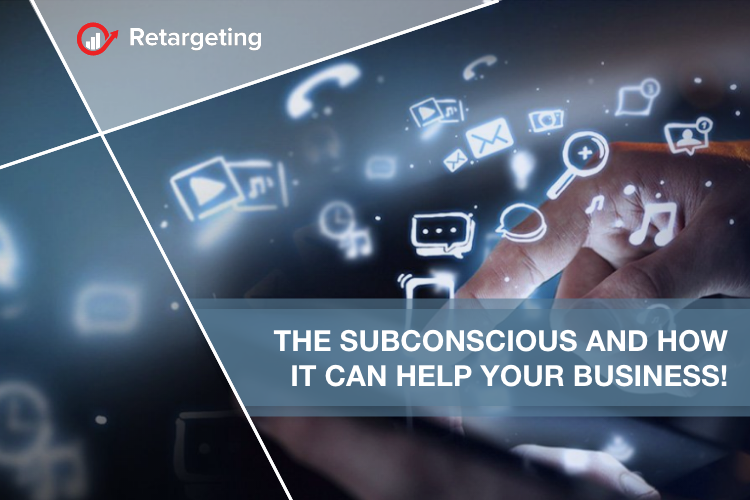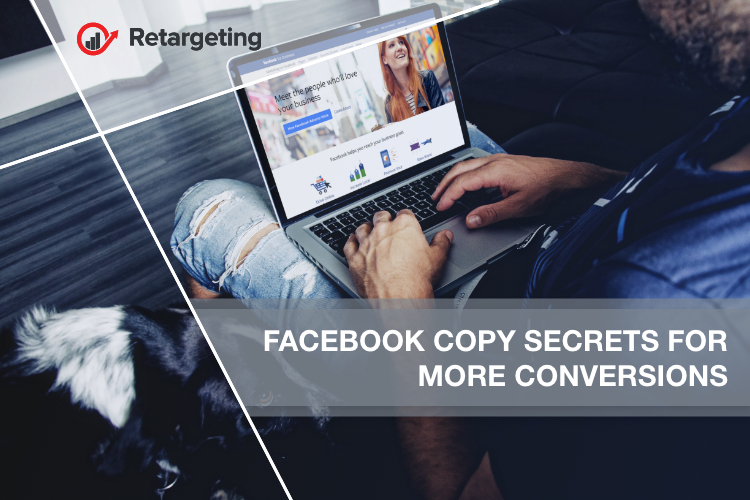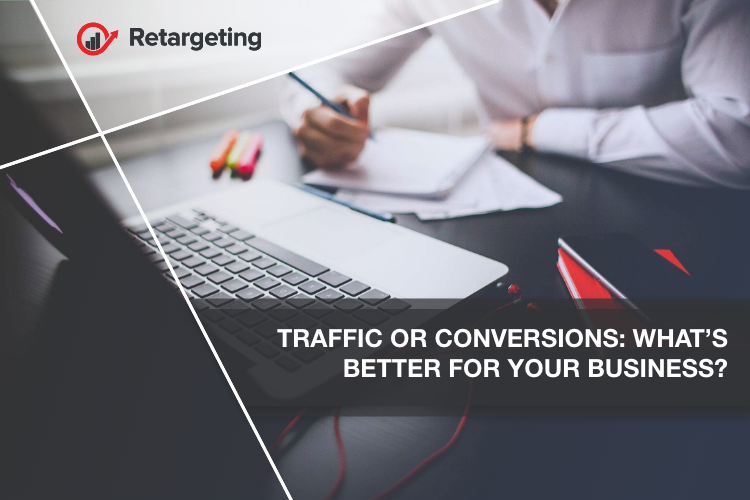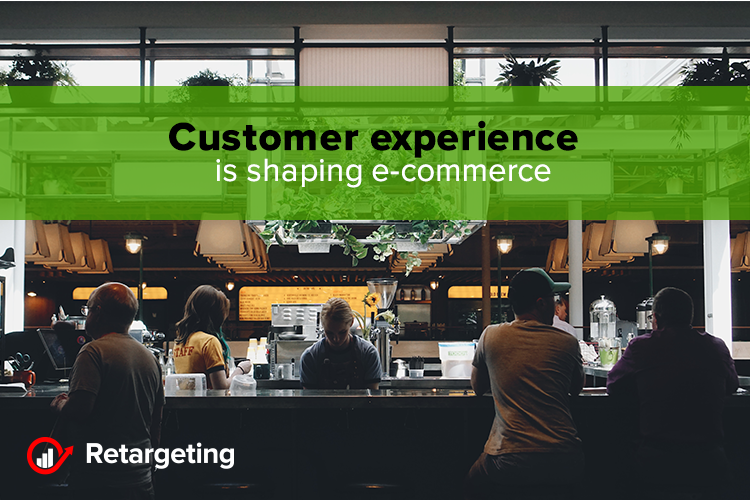
The subconscious and how it can help your business!
How many times have you noticed that you completed a task or arrived somewhere without thinking about how you achieved it? That’s your subconscious mind in action, making fast and automatic decisions with little or no conscious awareness of the decisions we make. Why does this occur?

Facebook copy secrets for more conversions
Want better Facebook ad conversions? Wondering how to write compelling Facebook ad copy? That can be achieved and one way to do it is right in these phrases. Curios? Keep on reading to learn how to write a Facebook copy that improves your conversions. The “So that” statement The most common Facebook ad copy mistake is writing about the features of a product or service, rather than the benefits. Features may be appealing, but they don’t explain why someone should buy the product. Consumers want to know the real reason they should purchase. How will it change their lives for the better? What value will it bring them? Why is a particular feature important? Every time you write Facebook ad copy to explain why someone should buy your product/service, simply adding “so that…” to the end of each reason will prompt you to write about the real benefit. That’s what will compel people to take action. “Yes” Questions One of the most powerful Facebook ad copy techniques is to polarize people. You want your ideal customers to see your ad content and be drawn in. You want people who aren’t your ideal customers to be sent away. Polarizing people doesn’t mean you have to be obnoxiously controversial. It just means you should create an ad for your customer and nobody else. It doesn’t matter what you want to share; it only matters what your ideal customer wants to see. One of the easiest ways to achieve that is by asking “yes” questions. These are questions that only your target customer will say yes to. Putting yes questions...
Traffic or conversions: What’s better for your business?
Should you focus on accumulating traffic on your website, or try and increase the conversion rate from visiting customers? It’s an argument as old as the internet.

Customer experience is shaping e-commerce
Up until recently, shopping was purely transactional. A merchant had a product a consumer wanted. The consumer purchased that product from the merchant and went on their way. But over the past couple of decades, shopping stopped being this singular moment. It turned into a series of interactions between the retailer and the consumer. And it started well before the consumer even intended to buy anything.
